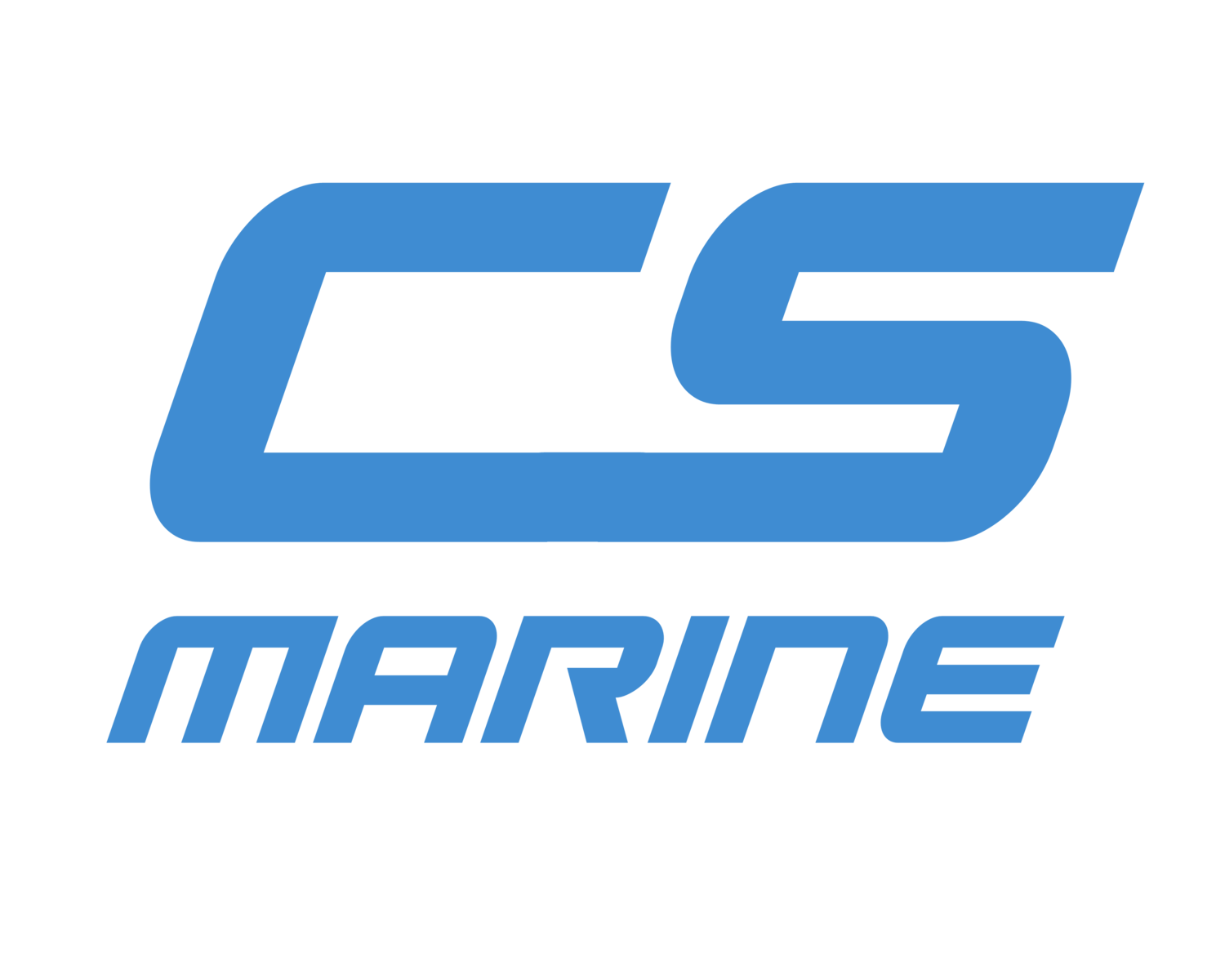Stephanie Douglas, the executive director of logistics, maintenance and industrial operations for NAVSEA, recently noted the service is currently in the SIOP’s second phase, which includes performing modeling and simulation of the public yards’ current format to understand what the most effective layout would be for each yard. Last summer the service finished modeling a digital twin of Pearl Harbor Naval Shipyard and Intermediate Maintenance Facility and is slated to finish the twin for Puget Sound Naval Shipyard and Intermediate Maintenance Facility in the first half of 2021, she said. Norfolk Naval Shipyard and Portsmouth Naval Shipyard will follow.
“In terms of accelerating, we’re looking for opportunities to accelerate. I think we’re rapidly coming through the modeling and simulation effort, we have an opportunity to pull back the development of our area development plans, although this has to be balanced with our Navy budget,” Douglas said last month at the Surface Navy Association’s annual symposium.
“But our other challenge with acceleration, whether or not we can actually achieve 10 years, is … we are required to conduct maintenance availabilities on submarines and carriers while we’re renovating the shipyards,” she continued. “So think about it in terms of living in your house while they’re doing a wholesale renovation, and moving you from room to room to room. So that’s the challenge that we’ll have in trying to accelerate, is there’s so many dependencies in between everything we do within the shipyards. But we’ll look for that opportunity.”
In addition to balancing yard modernization with ship maintenance work, the Navy also expects to pour a considerable amount of funds into the effort. The service anticipates the SIOP to cost approximately $21 billion across the 20-year timeframe.
Vice Adm. Michael Moran, the principal military deputy for the assistant secretary of the Navy for research, development and acquisition, last month said the service wants to ascertain what the individual shipyards need for the modernization initiative.
“Before we put money into it, let’s make sure we really understand what it is we want to get done, we have a good understanding of at least that 80-percent solution set before we step out and go do it,” Moran said at the ASNE conference. “We are committed absolutely to the SIOP, there’s no question about that. How we go about it, how we execute it and get it right is important.”
Congress, however, could direct the Navy to speed up the timeline.
Wittman argues that the Navy’s goal of building a larger fleet while also operating public shipyards that cannot accommodate the new Ford-class nuclear-powered aircraft carriers and Columbia-class ballistic missile submarines means the Navy needs to evaluate a timeline of 10 years instead of 20.
“If you’re building more ships, and you’re looking at the current capacity in the existing public yards, the question has to be: will we have the necessary capacity, not just 10 years from now if we cut the [Shipyard Infrastructure Optimization Plan] in half, but will we have the necessary capacity in 20 years? In 30 years?” Wittman said. “Because if you’re going to build at this rate and build this sized Navy, you have to be able to maintain those ships, and that becomes a real question too.”
One way the Navy could solve its issue of conducting maintenance while renovating the public yards is by moving some of that work to the private shipyards, according to Wittman. The service has already done so with some of its Los Angeles-class submarines.













